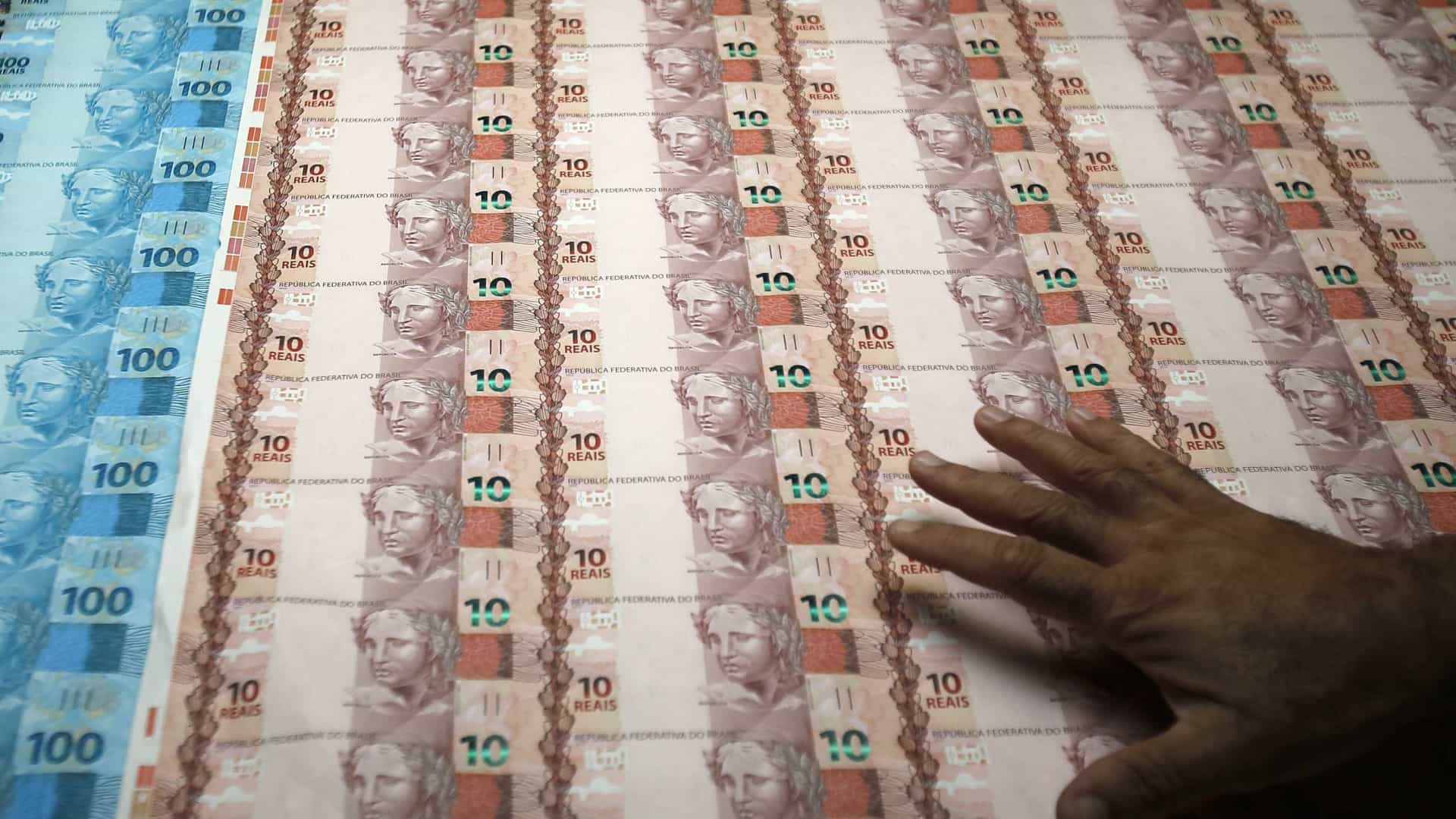RIO DE JANEIRO, BRAZIL – The consolidated public sector closed in August with a primary surplus of R$16.729 (US$3) billion, as announced by the Central Bank (BC) on Wednesday (29). In August last year, the result had been a deficit of R$ 87.594 billion.
The consolidated public sector data involve the central government (Social Security and the Treasury, besides the Central Bank), states, municipalities, and state-owned companies. Excluding Petrobras, Eletrobras, and public banks, such as Banco do Brasil and Caixa Econômica Federal.

Last month’s result reflected a central government deficit of R$11.092 billion and a R$27.337 billion surplus for the states and municipalities. State companies had a R$ 484 million surplus.
In the 12 months ended in August, the deficit reached R$ 130.346 billion, the equivalent of 1.57% of the Gross Domestic Product (GDP). In July, it was 2.87% of GDP.
Moreover, in the first eight months of the year, the public sector recorded a surplus of R$1.237 billion, against a deficit of R$ 571.367 billion in the same period in 2020.
The consolidated public sector recorded a nominal deficit, including interest expenses, of R$ 29.739 billion in August. A year earlier, the result had been a deficit of R$ 121.879 billion.
Last month, the nominal result reflected a primary surplus of R$ 16.729 billion and a R$46.467 billion interest account.
In the 12 months ended in August, the nominal deficit reached R$ 466.049 billion, the equivalent of 5.62% of GDP. In July, it stood at 6.82% of GDP. The interest account in the same period totaled R$335.703 billion, or 4.05% of GDP, coming from 3.95% in July.
In the first eight months of the year, the nominal deficit was R$235.775 billion, compared to R$785.103 billion in the same period in 2020.
The data do not include Petrobras and Eletrobras. State banks also do not enter the account because the statistics refer to the non-financial public sector.

